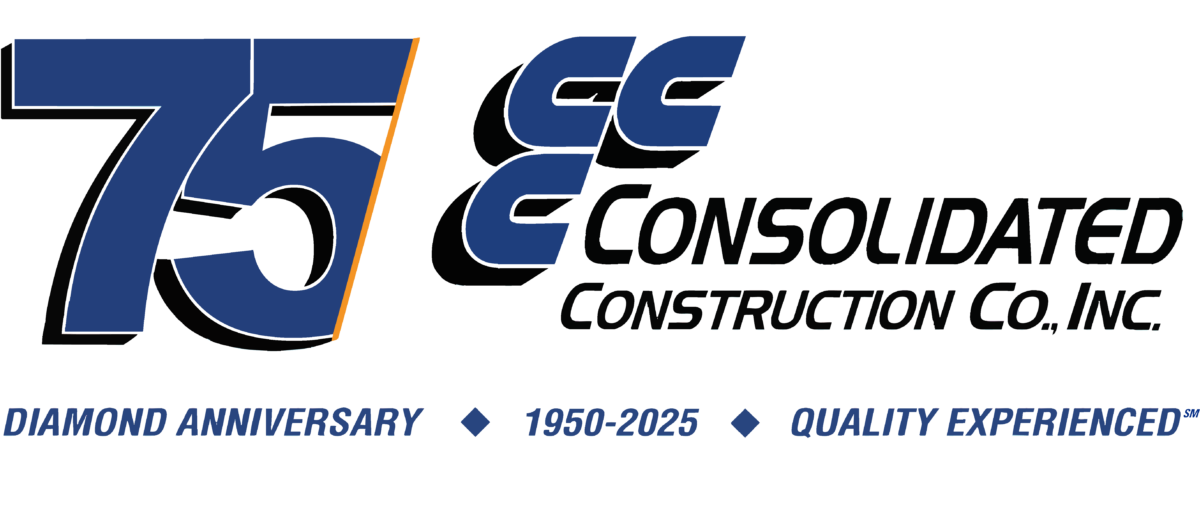
Director of Business Development, Senior Living and Multifamily
Hotel experts know how to attract guests, engage the senses, and deliver great guest experiences. It’s no accident that senior and assisted living providers who offer excellent care in an environment that’s inspiring and cost-effective, tend to outperform other communities.
Here are 10 lessons we learned from the Hospitality industry that can help you out-market the competition and improve the likelihood of success for your next Senior or Assisted Living project:
- Locate in an Active Area. Seniors aren’t looking to move into an assistance facility and then drop out of life. Quite the opposite—they want to stay physically and mentally active and vibrant for as long as possible. Instead of locating your facility in a residential neighborhood or on a quiet street, consider locating near downtown, a college campus, YMCA, or popular coffee house. This allows residents to feel like they are still part of their community, and not on the inside looking out at life passing them by. Some of the busiest hotels in the world are surrounded by restaurants, art centers, and athletic facilities.
- Deliver Privacy and Dignity. Living quarters should include private bathrooms, accessible showers, sound-dampening doors, and quality finishes and fixtures. These are the basics to help give your residents a safe, secure, dignified daily experience. Ever see an upscale hotel with community bathrooms? Us either.
- Make it Homey. Instead of using soulless commercial products, use those commonly used in hotels and upscale homes. For example, consider luxury vinyl, plank, or slate flooring instead of dated vinyl composite tile. Choose residential-style furniture with arms to assist with lifting, and removable cushions for easy cleaning. Provide counter seating in lieu of community tables to add to the feeling of home. Boutique hotels and bed-and-breakfast destinations have used this tactic to great advantage.
- Incorporate Wellness Elements On and Off Campus. Having exercise and dietary programs on site is a given, however, there may be limits to what you can offer due to space and staffing limitations. To augment your wellness programs, create strategic partnerships with local fitness, yoga, spa, nutrition, and healthy living providers so your residents have access to these services, even if you don’t offer them on campus. Active travelers seek out hotels with workout amenities, and active seniors will do the same when they consider assisted living facilities.
- Anticipate the Demands of Tomorrow’s Customer. Keep up on the trends important to your senior and assisted living customers of tomorrow. For example, many older Americans are selling their homes and moving into studio apartments. Hit those hot buttons on your campus with clean, modern designs, and an array of small luxuries, particularly those that enhance a sense of community among your residents. There’s a reason there are so many hotel brands—each strives to carve out its own niche and appeal to the ever-evolving demands of travelers.
- Take Advantage of Technology. Emerging technology can help seniors who are less mobile and stable retain independence. Voice technology, for example, can allow your residents to open blinds, turn on televisions and lights, or access information. Wireless pendants activate phones in case of falls. Health monitoring and medication management devices make it possible for people to live longer and less restrictively. Many of these technologies are now on their second and third generations, and have become very cost effective to incorporate in your campus designs. Hotels are a veritable “science lab” for technology—take advantage of their research and findings to improve your facility design.
- Think ‘Resident-Centered’ Designs. There was a time when senior and assisted living facilities were designed more like hospitals than residences. That doesn’t fly with today’s discerning clients. Today, successful operators focus on providing a functional, resident-centered experience that encourage community, active lifestyles, and personal growth through neighborhood-like settings. Hotels incorporate coffee shops, restaurants, and stores into their very essence—either inside the facility or in the surrounding neighborhood. It’s just like individuals do when they select a place to live. Your senior facility can benefit from this strategy as well.
- Go Green. Sustainable design concepts used in hotels and other commercial buildings work well in senior and assisted living communities. Daylighting, improved air quality, energy and water conservation, gardens, and water features enhance the daily experiences of your clients while also being earth-friendly. Consider a “green where it makes sense,” approach, and target a 3-5 year energy payback timeframe.
- Flexible Dining Hits the Spot. Create a variety of dining spaces, like today’s restaurants. Counter seating, group seating, private dining rooms for when families visit, smaller tables…you get the idea! Hotels offer a variety of soft and hard seating, low, comfy chairs, along with higher, bistro-type seating to appeal to a broad spectrum of travelers, some of whom may be tired and looking to relax, while others are full of energy and looking to socialize.
- Welcome to the Neighborhoods. Instead of designing senior living communities with long, dark hallways or maximizing units in double-loaded corridors, create defined neighborhoods within the building. For most people, this is a much more comfortable, family-oriented way of living. Neighborhoods can be defined by colors, theming, artwork, common interests, etc. Public spaces in hotels have undergone a great transformation in recent years. Instead of low ceilings and cramped surroundings, design has taken ceilings up, spaces out, and afforded plenty of open, friendly spaces for commiserating.
Consolidated Construction infuses these lessons learned into every assisted living community we build to help you out-market the competition, operate more efficiently, fill census, and deliver outstanding care to your residents.

Recent Comments